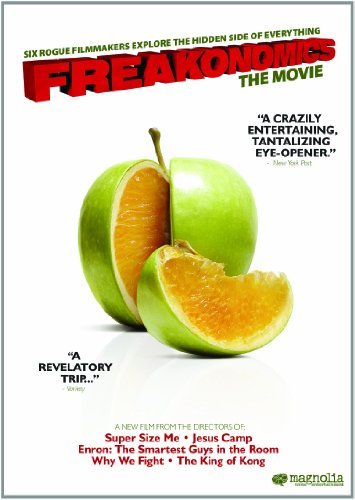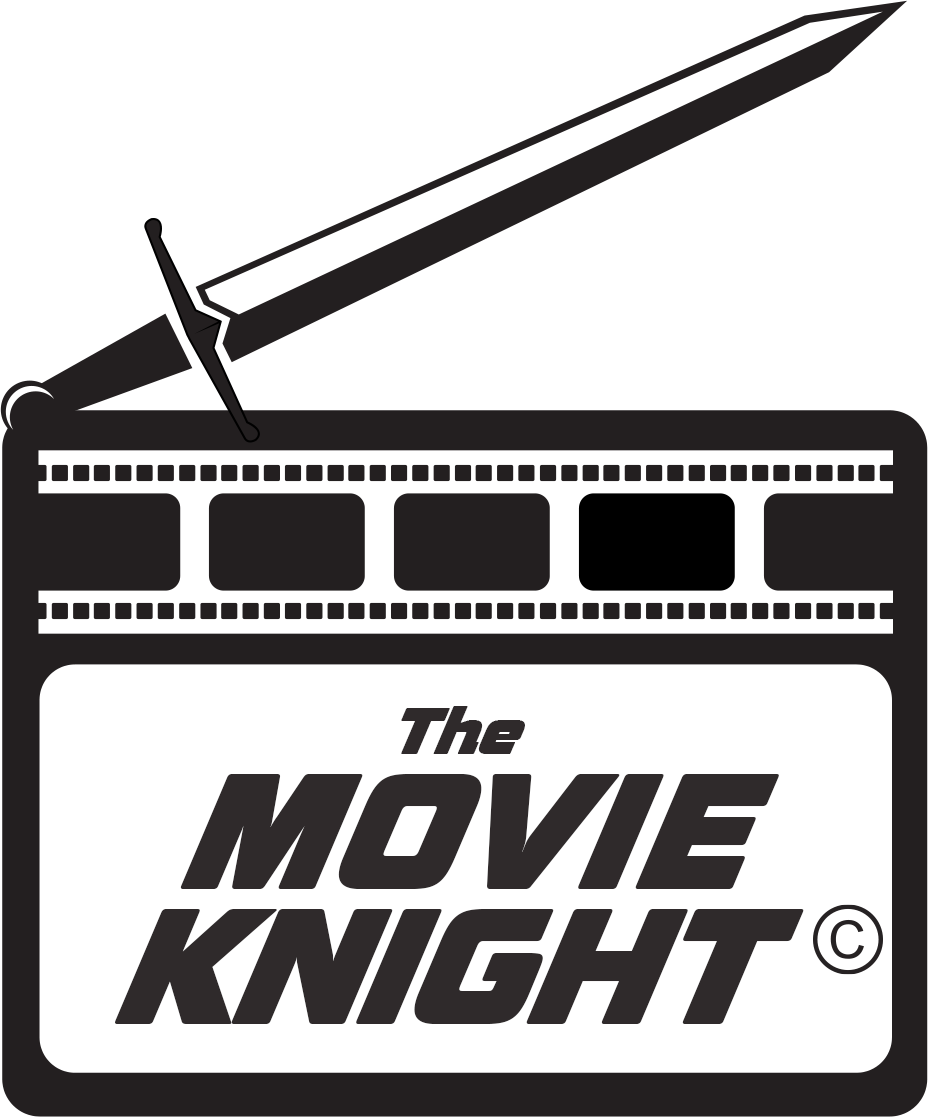The next segment is about parenting, and the big topic they look at is the naming of a child. Obviously, naming a child is a pretty big deal. The segment looks deeper into the meaning of names, how different cultures tend to name their child and how a name affects different aspects of your life. The hot topics of the segment show how white families tend to give children names such as Jake while black families tend to name a child Tyrone. There was an experiment done where the exact same resume was sent out with the only difference being the name on top between Jake and Tyrone and Jake got more calls to come in for an interview. It was concluded that a company is 33% less likely to call a black candidate for a position. There was also one example of how a black mother wanted to name her daughter Tempestt Bledsoe after the actress from “The Cosby Show” but instead wrote down Temptress on her birth certificate and how the child’s life did not turn out too well.
The third segment dealt with cheating. It opened how many Chicago teachers would cheat for their students on tests in order to make themselves look better. The bulk of this segment explores the rampant cheating that went on with sumo wrestling in Japan. A sport that is suppose to hold honor above all else; but, goes on to prove that almost nothing is above corruption. One analysis says they can tell which matches were fixed simply by looking at the data.
Cause and effect is the next topic that is covered. The opening story talks about when Polio was plaguing our country and how ice cream was the likely cause of it. How did they draw that conclusion? Because there was a spike of Polio cases in the summer time, the same time massive amount of ice cream is consumed. The real interesting part of this segment is when they explore why the crime rate went down in the ‘90s. Part of the reason that was concluded was because of tougher sentences for criminals, they were already locked up, and a stronger police presence around the country; but, that only accounted for about 50% of why crime was down. The controversial reason for the other 50% was the fact that abortion is now legal in this country. If you take into account all the unwanted pregnancies that would have come to term during the ‘70s and how many of these children could have turned to crime, but since they were never born, no new criminals. A conclusion that is sure to upset abortion foes, but they can just argue with the numbers (and lose).
Do you have a child who is not doing well in school? Ever think of bribing them to do better? Incentives is the next segment in the movie and it looks at a school system in Chicago, the movie does not shine a nice light on the city, and exposes a program where if students got a C grade or better they would get $50 for their efforts. Sadly, the final result only saw a 5-7% increase in grades.
The final segment of the movie was just a wrap up of everything, short and pointless. The movie suffers mostly from the five different directors, all who worked on their own, never consulting with the other. The cause and effect segment was the most interesting one to watch. It was shorter than most of the others, and it got to the point right away rather than take the long road as the other segments tended to do. Successful books do not always translate into successful movies. I this case, a non-fiction best seller did not translate well into a movie. You can see the movie exclusively at the new Coral Gables Art Cinema, 260 Aragon Avenue, Coral Gables, FL 33134. You can also download the movie by clicking here. It is rated PG-13 for elements of violence, sexuality/nudity, drugs and brief strong language.

